PIRIFORM QUARTIC
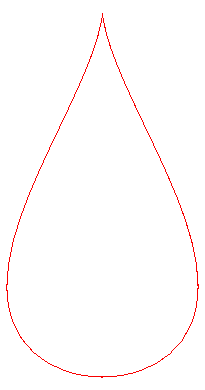
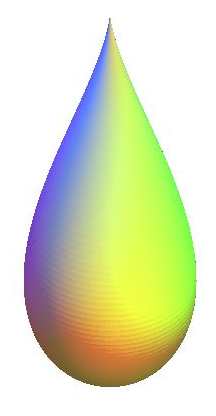
| next curve | previous curve | 2D curves | 3D curves | surfaces | fractals | polyhedra |
PIRIFORM QUARTIC


| Curve studied by Wallis in 1685 and Bonnet in 1844.
From the Latin Pirum "pear". Other names: drop of water, peg-top. |
 |
Cartesian equation: For b = a / 2, the equation can be written: Cartesian parametrization: Rational quartic. Area: The 3D drop (revolution
of the quartic around its axis put on Oz) has the equation : |
| Given a point P describing the circle (C)
with diameter [OA] (where A is the point with coordinates
(a, 0)), let Q be the point on the line x = b with
same ordinate as P. The piriform quartic is the locus of the point
M
on the line (OQ) with same abscissa as P.
In other words, the piriform quartics are the antihyperbolisms of the circle with respect to a point O on this circle and a line perpendicular to the diameter one end of which is O. |
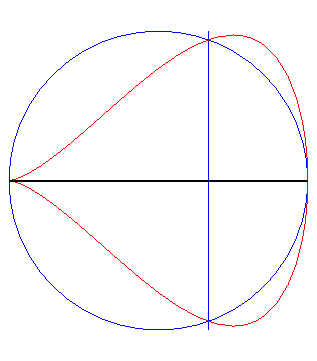  |
Note that the piriform quartics for any value of b
are images of the curve obtained when a = b by a scaling
along Oy.
They are special cases of tear
curves.
| Up to scaling, the piriform quartic is a plane projection of the pancake curve x=cos(u),y=sin(u),z=sin(2u). | 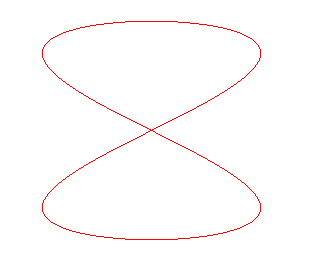 |
A tube with a bore shaped like a piriform quartic is a representation of the Klein bottle.
See also the double drop of water, the kieroids, and the spherical cycloids.
See also here
the "true" profile of the drop of water.
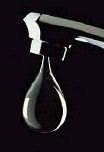 |
 |
 |
| next curve | previous curve | 2D curves | 3D curves | surfaces | fractals | polyhedra |
© Robert FERRÉOL 2017